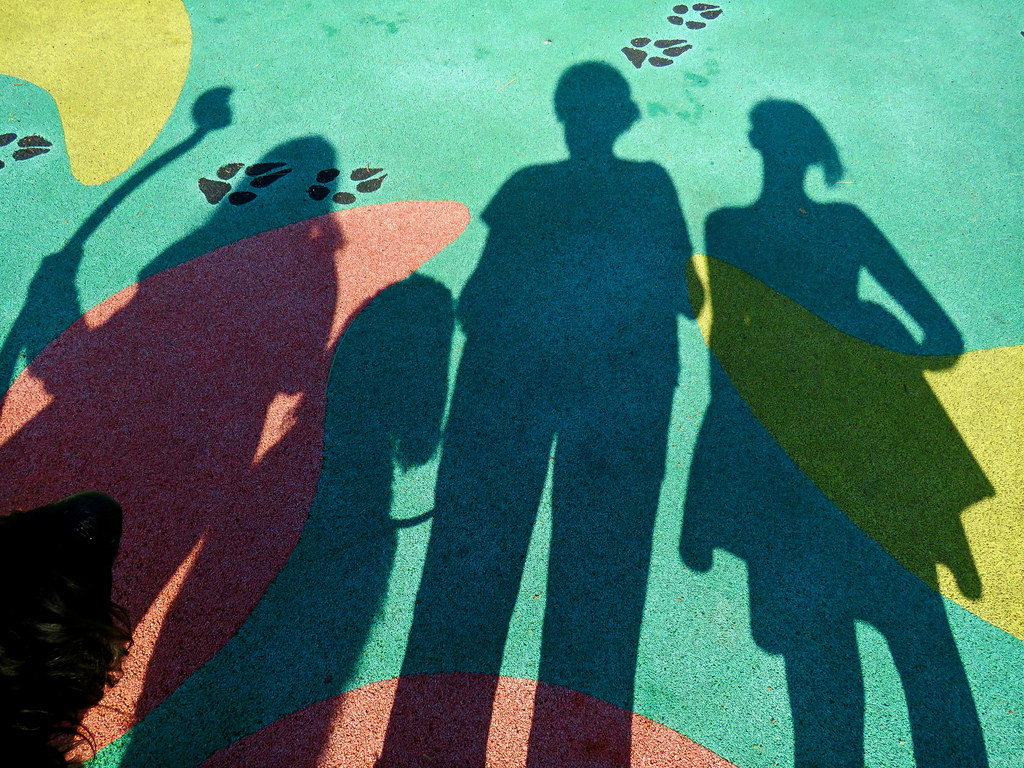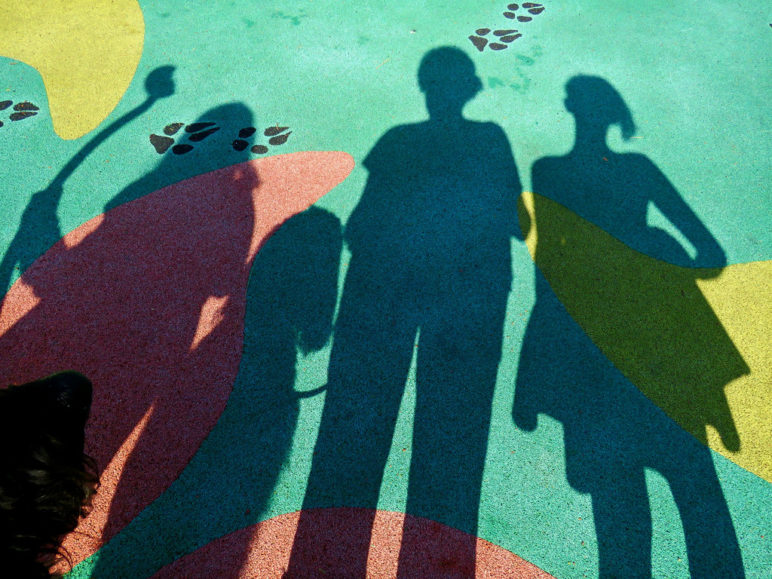Tarika
If you like podcasts, history, and trivia, check out the most recent episode of NPR’s Planet Money, “This Ad’s for You.” The episode is about Tom Burrell, the first African-American man to break into Chicago advertising. Burrell entered advertising in the 1960s, when ads were one-size fits all and were designed almost exclusively for a white audience. As a result, ads were often tone deaf and lacked appeal to diverse communities. Burrell taught the advertising world that “Black people are not just dark-skinned white people,” leading the way to what we today call targeted marketing. This podcast episode packs a lot into twenty-five minutes: the history of advertising, 80s McDonald’s commercials, and a discussion of Burrell’s own conflicts over advertising products like cigarettes to the African-American community. Put the episode on for your next commute – you’ll be smarter by the time you get to work.
Eric
Helpful messaging reminder here from a former conservative who recalls the belittling tirade that brought him over to the Left. (Editor’s note: Um….Not.)
Aven
While most oil refineries near Houston are just beginning to start back up again, a wind farm in the area was back to producing electricity within days—good news for the residents who rely on that power as well as the resilience of the global energy system. Also good news for the newly-minted 100% Renewable movement, the new rallying cry of the climate-concerned. And, for those who are not among the climate-concerned (or climate-outraged), may I suggest a chemical enhancement to alter your perception of the problem?
Kristin
What’s good for me can be bad for my family. What’s good for my family can be bad for my village, and so on, all the way up to what’s good for my nation can be bad for the global village. How do we provide the social cue and incentives for individuals, families, and nations to do what is best for the global village?
The Baby Boomer generation may have a different view of the Civil War, slavery, and White Supremacy because of what they learned in school. History textbooks used in New York City during the president’s childhood called the Klan “patriotic,” and downplayed the role of slavery in “the War Between the States.”
Anna
I just heard her interviewed and then read an excerpt of singer-songwriter Dar Williams’ book, What I Found in a Thousand Towns: A Wandering Musician’s Guide to Rebuilding America’s Communities—One Coffee Shop, Dog Run, and Open-Mike Night At a Time, and as somebody who just moved from the big city to a small town, I’m particularly keen to dig in for more. The book’s premise is neat. Playing small, local venues, mostly in the downtowns of small towns, Williams has a particular vantage point that’s both intimately on-the-ground and bird’s-eye (she’s on the road a lot). From neighbors growing basil and trading eggs to communities coming together and standing up to polluters, she has observed and collected the wisdom, optimism, and people power bubbling up and is able to spot and name the patterns that seem to dictate which towns flourish and which ones fail. Anticipating readers’ hunger for building community and positive cohesion, she offers some prescriptions for what to do in your own community. I find the whole thing really inspiring:
How do we calculate the value of positive proximity? How do we quantify it? This is how I measure it: what I saw in Gainesville, with the police and the teenagers, was a living laboratory, an effort to realign conventional law enforcement toward community peacekeeping, a bridge at once as powerful and fragile as a strand of DNA in one of our healing, human, American cities. I calculate the strength of positive proximity by the things communities do that bring power and life to the commons even when they’re hard to organize and sustain. Other examples? Three hundred people showed up on a cold January night in Beacon, New York, to demand the resignation of a school superintendent who everyone agreed, after many conversations in all the spaces throughout Beacon, was driving the schools into the ground. Over on the shores of the Finger Lakes, hundreds of people showed up, too, countless times, in snow and sleet, to protest the plans of a company that kept changing its language (and its name) to achieve its goal of storing liquid gas in precarious salt caves.
The proof of positive proximity is also displayed in the ability of towns and cities to increase in complexity and in the number of points of access for their citizens while ultimately building a cohesive identity. Strong positive proximity allows us to survey the terrain and “know” what the reserves of social capital are and proceed to understand what our towns can handle and what they can accomplish. As a traveler I can sense positive proximity pretty quickly. Are there posters for strange, funky events, like the Frozen Dead Guy festival in Nederland, Colorado (complete with frozen wet T-shirt contests)? Are there signs at all? Are there helpful pedestrian bridges over highways (Minneapolis, Minnesota), over streams (Phoenixville, Pennsylvania), and over railroad tracks (Roanoke, Virginia) to physically connect every part of the city? Are there social bridges between people, such as dog walkers who say hello to each other and stores that put out free coffee?
And note to lucky Portlanders: Dar Williams is at Powell’s talking about the book this week. She’ll sign your book and maybe sing too.
Dan
The media will forever love a juicy “end of…” story, and urbanist author Richard Florida recently fed the beast in the NYT with “The Urban Revival is Over.” Yes, census data show that growth in the burbs is rebounding. But it’s not that simple, and thankfully City Observatory’s Joe Cortright has set the record straight:
The slowing of urban growth, moreover, doesn’t so much reflect any diminished demand for urban living–quite the opposite. We’re bumping up against the limits of the capacity of the existing urban housing stock to accommodate more residents. In the early days of the urban rebound, there was arguably a fair amount of slack in city housing markets. But the renewed and steady growth of cities has–as everyone has observed–led demand to outstrip supply, driving up rents and heightening concerns about affordability. At least some of what gets treated as the “revealed preference” for suburbs, is actually households that would gladly choose urban living–if it hadn’t gotten so pricey.
This new essay by Ta-Nehisi Coates is the most insightful and powerful piece I’ve yet read about the age of Trump.
The focus on one subsector of Trump voters—the white working class—is puzzling, given the breadth of his white coalition. Indeed, there is a kind of theater at work in which Trump’s presidency is pawned off as a product of the white working class as opposed to a product of an entire whiteness that includes the very authors doing the pawning. The motive is clear: escapism. To accept that the bloody heirloom remains potent even now, some five decades after Martin Luther King Jr. was gunned down on a Memphis balcony—even after a black president; indeed, strengthened by the fact of that black president—is to accept that racism remains, as it has since 1776, at the heart of this country’s political life. The idea of acceptance frustrates the left. The left would much rather have a discussion about class struggles, which might entice the white working masses, instead of about the racist struggles that those same masses have historically been the agents and beneficiaries of. Moreover, to accept that whiteness brought us Donald Trump is to accept whiteness as an existential danger to the country and the world. But if the broad and remarkable white support for Donald Trump can be reduced to the righteous anger of a noble class of smallville firefighters and evangelicals, mocked by Brooklyn hipsters and womanist professors into voting against their interests, then the threat of racism and whiteness, the threat of the heirloom, can be dismissed. Consciences can be eased; no deeper existential reckoning is required.
…
It has long been an axiom among certain black writers and thinkers that while whiteness endangers the bodies of black people in the immediate sense, the larger threat is to white people themselves, the shared country, and even the whole world. There is an impulse to blanch at this sort of grandiosity. When W. E. B. Du Bois claims that slavery was “singularly disastrous for modern civilization” or James Baldwin claims that whites “have brought humanity to the edge of oblivion: because they think they are white,” the instinct is to cry exaggeration. But there really is no other way to read the presidency of Donald Trump. The first white president in American history is also the most dangerous president—and he is made more dangerous still by the fact that those charged with analyzing him cannot name his essential nature, because they too are implicated in it.










